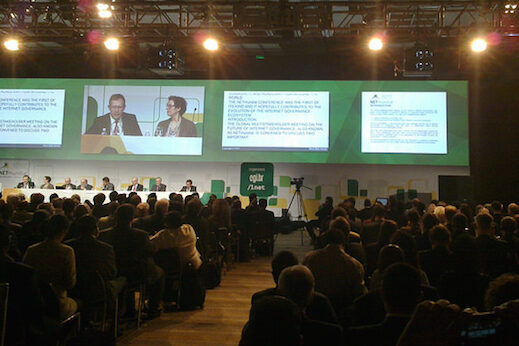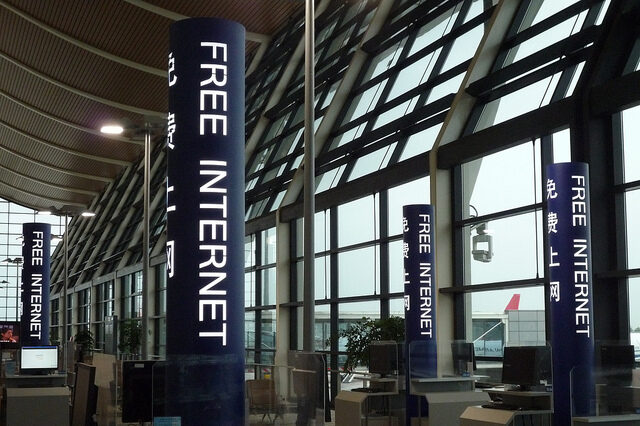Tag: participation
News
- Articles from Policy & Internet
- Books
- Call for Papers
- Child Safety
- Collective Action
- Conferences
- Democracy
- Development
- Economics
- Education
- Environment
- Ethics
- Governance & Security
- Health
- Interviews
- Mapping
- Methods
- Policy
- Politics & Government
- Publications
- Social Data Science
- Submissions Closed
- Tools
- Video
- Wellbeing
-

How do we encourage greater public inclusion in Internet governance debates?
The Internet is neither purely public nor private, but combines public and private networks, platforms,…
-

Does crowdsourcing citizen initiatives affect attitudes towards democracy?
Exploring how involvement in the citizen initiatives affects attitudes towards democracy
-

Do Finland’s digitally crowdsourced laws show a way to resolve democracy’s “legitimacy crisis”?
Discussing the digitally crowdsourced law for same-sex marriage that was passed in Finland and analysing…
-

Can text mining help handle the data deluge in public policy analysis?
—
There has been a major shift in the policies of governments concerning participatory governance—that is,…
-

Chinese Internet users share the same values concerning free speech, privacy, and control as their Western counterparts
Many people—even in China—see the Internet as a tool for free speech and as a…
-

Online crowd-sourcing of scientific data could document the worldwide loss of glaciers to climate change
—
The platform aims to create long-lasting scientific value with minimal technical entry barriers—it is valuable…
-

Last 2010 issue of Policy and Internet just published (2,4)
We are pleased to present seven articles, all of which focus on a substantive public…
-

Internet, Politics, Policy 2010: Campaigning in the 2010 UK General Election
—
in ConferencesDrawing attention to the fact that the 2010 UK General Election was dominated not by…
-

Internet, Politics, Policy 2010: Political Participation and Petitioning
ePetitions are an interesting research object because not only is petitioning a rather popular political…
